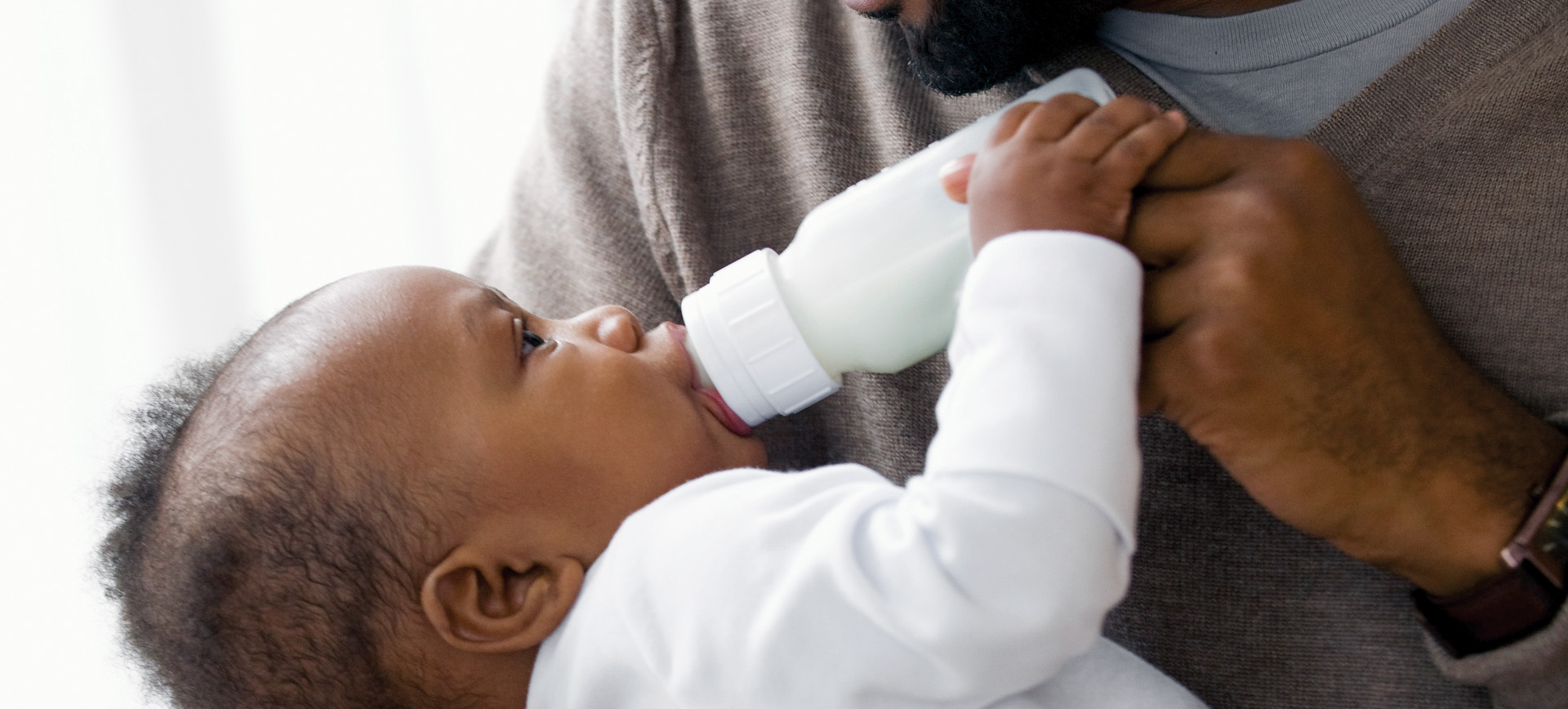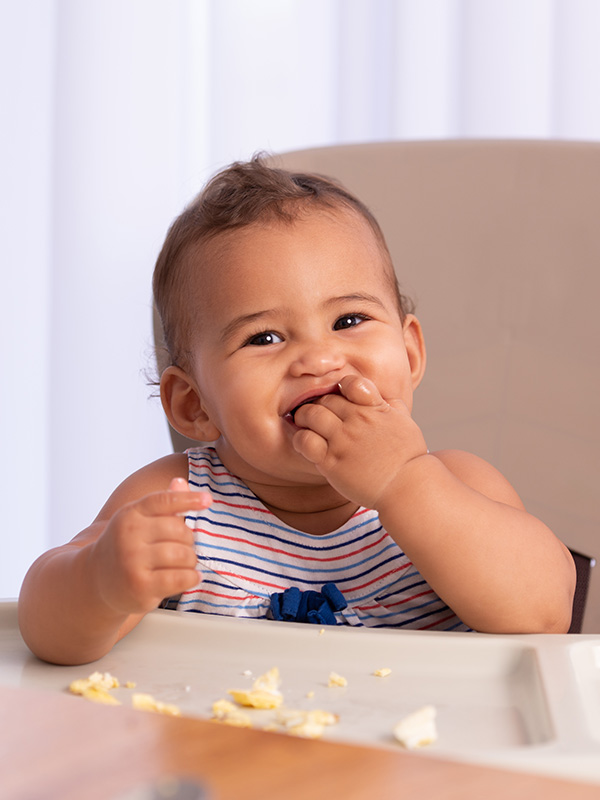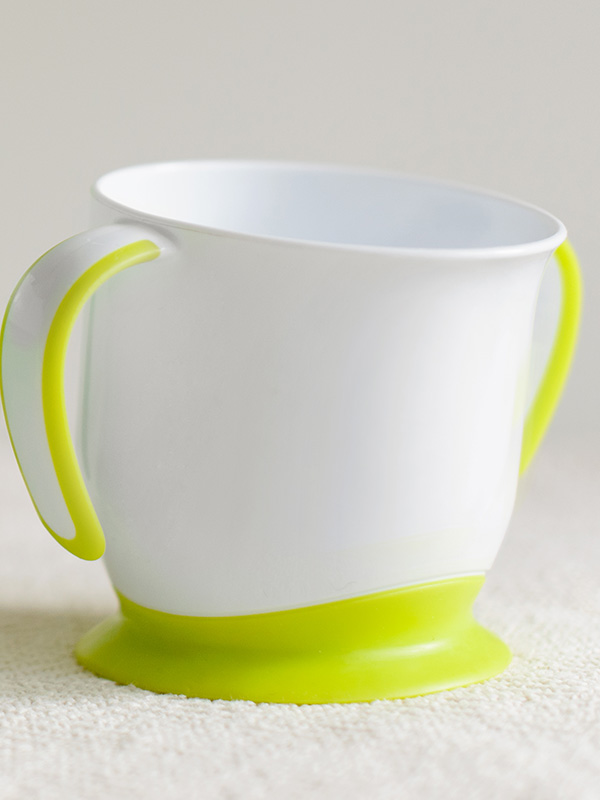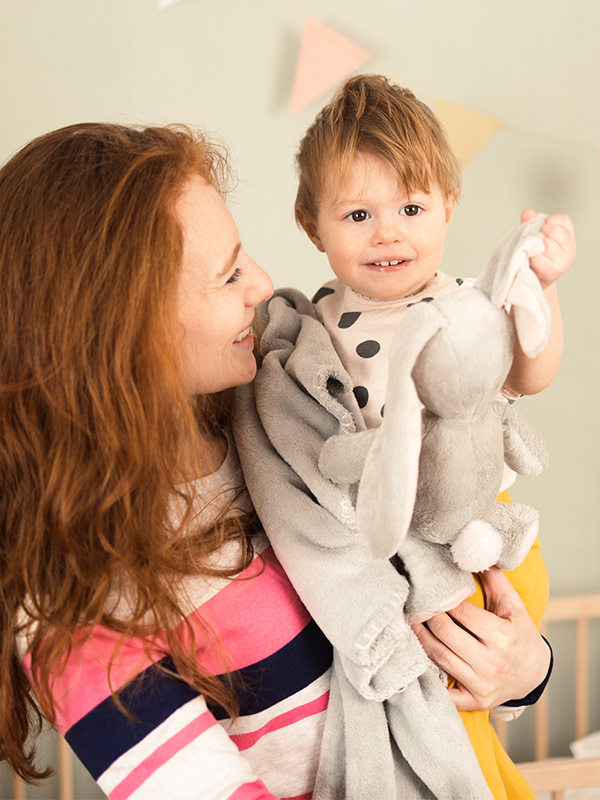Remember, it’s up to you! You can help your child grow
well, be healthy, and say “bye-bye bottle” for good!
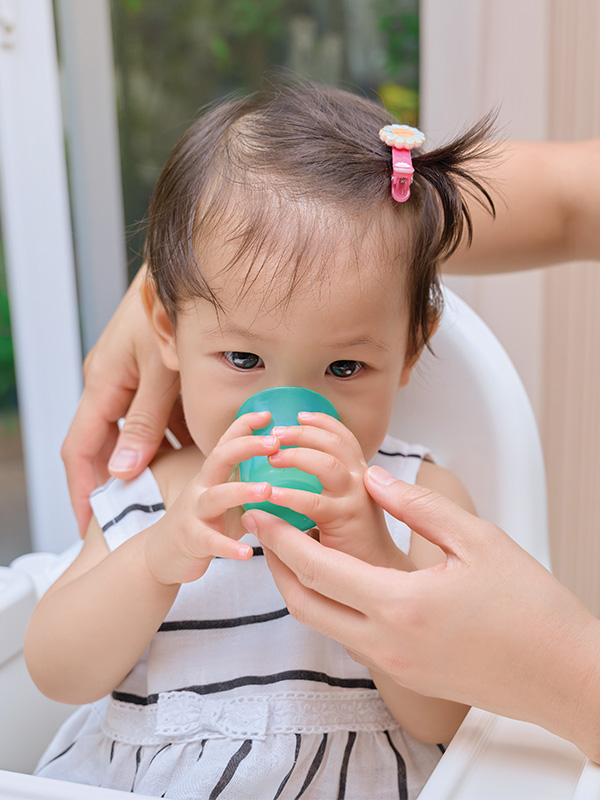
When should I wean my baby from the bottle?
Around 6-8 months of age, your baby is ready to start drinking from a cup. Whether they are drinking human milk or formula out of a bottle, the goal is to have them weaned from the bottle and only drinking from a cup by 12-15 months of age. According to the American Academy of Pediatrics (AAP), babies who stay on bottles after 18 months have a higher risk of tooth decay. They may also drink more milk than they need and miss out on the nutrients found in other foods. Also, the older a baby gets, the harder it might be to give up the bottle. Try to wean your baby at a time when your family’s life is calm and your baby is on a normal schedule. Too much change at one time can be very hard on them!
